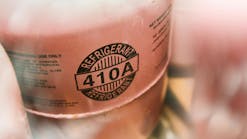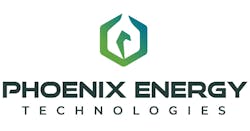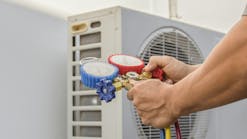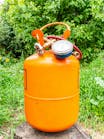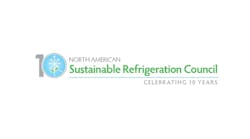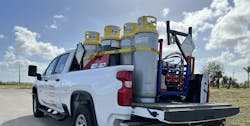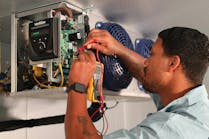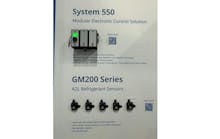March 20, 2020 — The EHS Daily Advisor reported today that the US EPA has issued a final rule rescinding the leak repair requirements of a 2016 rule the Obama EPA issued for refrigerants used to replace Class 1 or II ozone-depleting substances (ODSs)
William Schillaci writes: "The EPA now states that it continues to believe that Section 608 is ambiguous with regard to the Agency’s authority to establish refrigerant management regulations for nonexempt substitute refrigerants. However, in reviewing the language in Section 608, the EPA notes that in certain parts of Section 608, Congress does mention non-ODS substitutes. For example, substitutes are included in Section 608(c), which prohibits the knowing venting, release, or disposal of ODS refrigerants and their substitutes in the course of maintaining, servicing, repairing, or disposing of appliances or industrial process refrigeration (IPR). But there are no references to substitutes in Sections 608(a)(1) and 608(a)(2); these are the sections that require the EPA to promulgate regulations establishing standards and requirements for the use and disposal of Class I and II substances, respectively, during the service, repair, or disposal of air-conditioning and refrigeration equipment."
Partial summary from information provided by the U.S. Environmental Protection Agency
The Clean Air Act prohibits knowingly venting or releasing ozone depleting and substitute refrigerants in the course of maintaining, servicing, repairing, or disposing of appliances or industrial process refrigeration. In 2016, the EPA amended the regulatory refrigerant management requirements and extended requirements that previously applied only to refrigerants containing an ozone-depleting substance to substitute refrigerants that are subject to the venting prohibition (i.e., those that have not been exempted from that prohibition) such as hydrofluorocarbons.
Based on changes to the legal interpretation that supported that 2016 rule, this action revises some of those requirements—specifically, the appliance maintenance and leak repair provisions—so they apply only to equipment using refrigerant containing an ozone-depleting substance. DATES: This final rule is effective on April 10, 2020.
This action is based on changes to a legal interpretation of the EPA’s authority under CAA section 608 that supported the extension of the leak repair requirements at
§ 82.157 to nonexempt substitute refrigerants in the 2016 Rule. As described in greater detail in Section II below, the EPA concludes that, as a legal matter, the 2016 Rule’s extension of the leak repair requirements to non-exempt substitute refrigerants exceeded the EPA’s statutory authority under CAA section 608. Accordingly, the EPA is rescinding the 2016 Rule’s extension of the leak repair requirements to non-exempt substitutes. However, the EPA continues to interpret section 608 as providing the agency some authority to regulate substitutes. That includes authority to issue regulations that interpret, explain, and enforce the venting prohibition and the de minimis exemption under section 608(c) or that are necessary to fulfill the purposes set forth in section 608(a)(3) (i.e., to reduce the use and emission of ODS to the lowest achievable level or to maximize the recapture and recycling of ODS).
The following provisions are retained from the 2016 ruling:
Apart from withdrawing the leak repair and detection requirements for non-ODS substitutes, the EPA is retaining other provisions prohibiting and related to knowing releases of these refrigerants in the course of specific activities. Specifically:
- Anyone purchasing refrigerant for use in a stationary appliance or handling refrigerants (such as air-conditioning and refrigeration service technicians) must be Section 608-certified.
- Anyone removing refrigerant from a refrigeration or air-conditioning appliance must evacuate refrigerant to a set level using certified refrigerant recovery equipment before servicing or disposing of the appliance.
- The final disposer (such as scrap recyclers or landfills) of small appliances, like refrigerators and window air conditioners, must ensure and document that refrigerant is recovered.
- All used refrigerant must be reclaimed to industry purity standards before it can be sold to another appliance owner.

